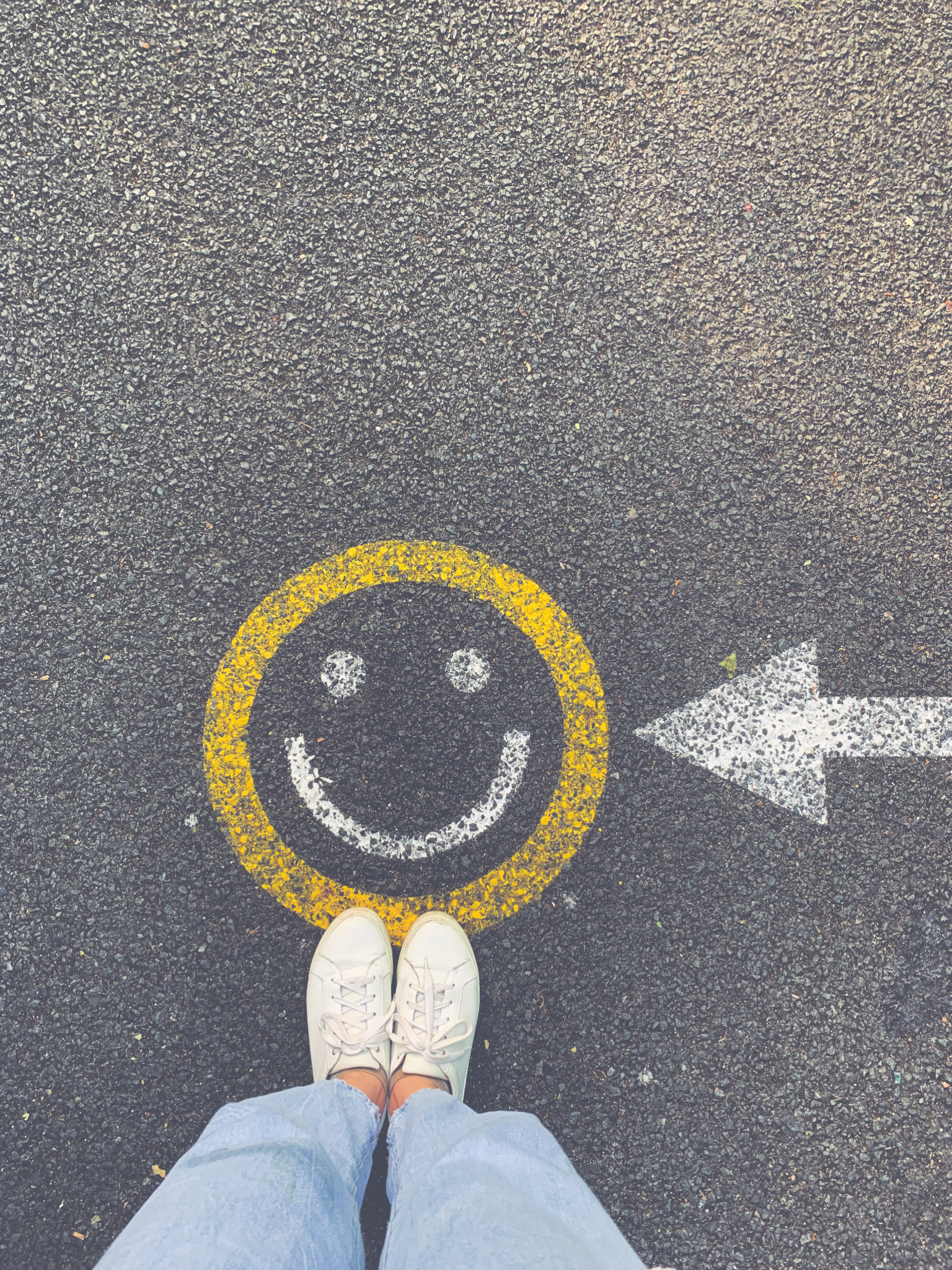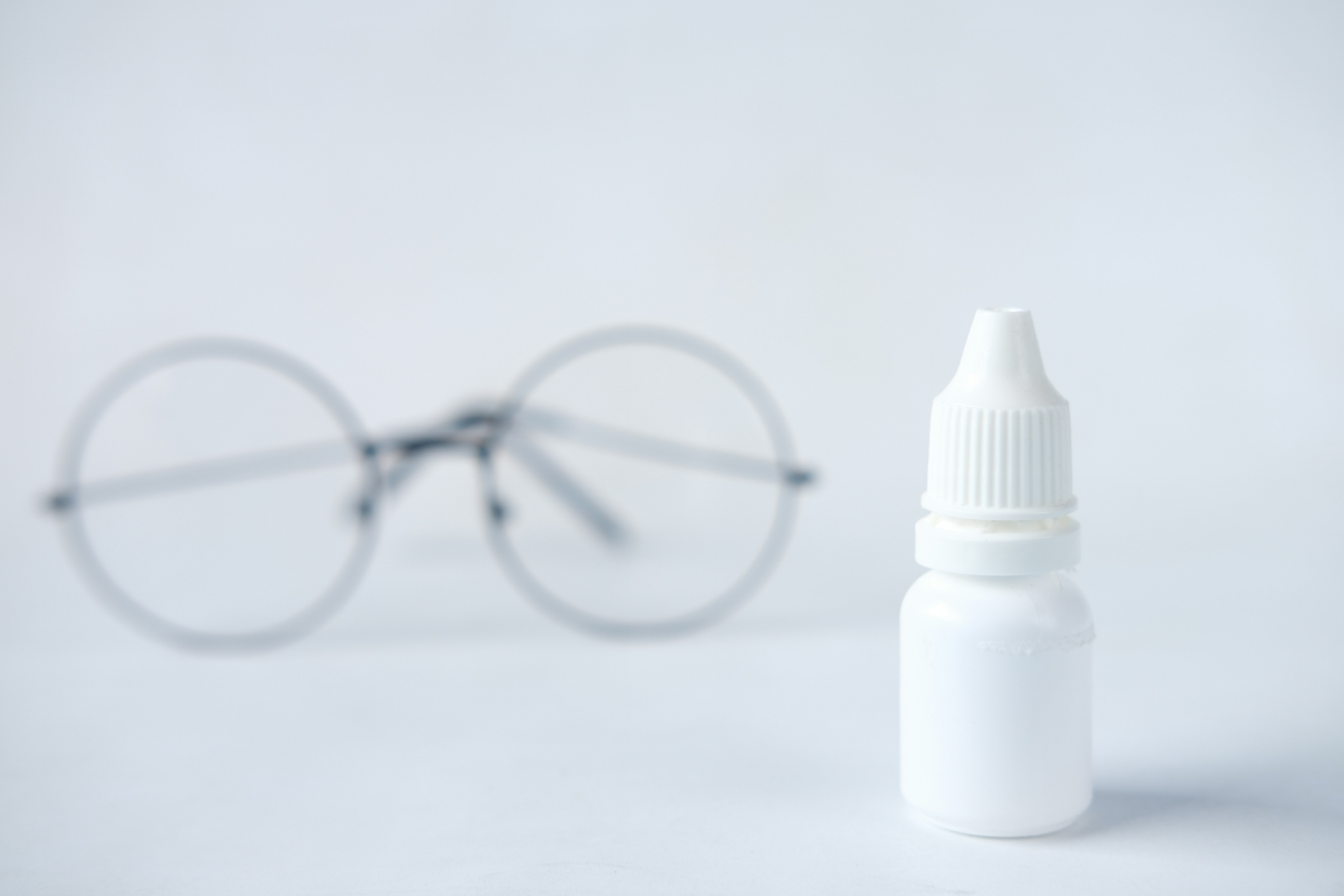4 reasons why contacts can be a good option for kids.
Sports and physical activities.
I think we could all agree that if your child needs correction to see, with high contact sports like wrestling, or sports that require a helmet, contacts can be more comfortable, and more reliable. Our biggest concern with eyewear and sports, especially if the wrong type of frame or lens is chosen, is breaking, slipping, or falling off during such high impact activities. Sport glasses and goggles are available for children who play high contact sports and require correction. These types of eyewear often are made with materials that are more resistant to breaking, shattering and can sometimes offer a little extra grip. The option of contact lens wear with sports and other physical activities offers another option to correct vision but without a lot of the hassle that can come with glasses. Contact lenses are easy to wear with a helmet, reliable with movement and safe with high impact.
Confidence.
As an eyewear lover, it pains me to admit that not everyone likes wearing glasses, nor do they find confidence in their glasses. For some, glasses represent a have-to, like braces, something that they have to wear to in order to fix a problem. Age makes a big difference especially when it comes to the idiom of wanting what you don’t have. Sometimes kids will do their best to purposely read the eye chart wrong in hopes that they can get glasses. I remember wanting braces-that is before I actually got braces, then I hated every minute wearing them. Glasses are no different. But this often changes as kids get older, entering into a tween or teen, where the novelty of glasses turn into a burden. And as kids shift into ages where they start to become more aware of their appearance and others, glasses are not a welcomed fashion accessory. Contacts offer a solution to see clear without really anyone knowing that you may need vision correction. And for kids, approaching ages where they become more aware of their appearance, contacts offer a new look. Perhaps contacts represent an adage of becoming older, mature and more independent. And there is something to be said about a child who goes through the work of learning how to instill, remove and wear contact lenses; they come out full of accomplishment (because lets face it, it not always as easy as you think to put a contact in your eye). But the confidence that comes with a new appearance-free of “four eyes” and a passage of maturity. Even if your child doesn’t want to admit it, I’ve seen countless kids who are fit into contacts and leave the office with a new sense of confidence.
Myopia management.
This is probably one of my most favorite and most rewarding reasons as to why some children should wear contacts. Not only can we correct vision with contacts but we can slow the progression of myopia (nearsightedness) in the process. So many years ago, I remember diagnosing a child with myopia or telling parent that their child’s myopia has increased, and being met with concern, fear and worry from parents. “"What can we do to stop this?” “Is his/her prescription just going to get stronger?” These are reasonable and real questions that I would get from parents. At the time, I didn’t have an easy or widely approved solution to calm their fears. I felt limited in what options were available to help with their fears that their child’s vision would continue to get worse. The option to offer now FDA-approved treatment, to not only correct, but slow the progression of myopia is an option for every myopic child and a treatment I happily offer to every child and parent.
Daily Disposables.
As a parent, I know first hand, kids are messy, sometimes borderline unhygienic. The amount of times I still have to ask my youngest, “did you wash your hands?” is more than concerning. So i get it: the maturity needed to clean a lens, clean a case, remember when to replace the lens-well these are all reasonable concerns a parent may doubt their child could successfully accomplish. But with the selection of daily disposable lenses available now-this takes some of the concern away and inadvertently allows for a fail safe way to make sure your child is wearing clean lenses. Now whether they are washing their hands, that still may be a reasonable doubt!
Daily disposables check the boxes for me as a parent and as an eyecare provider:
Healthy and Safe: hands down the healthiest way to wear contact lenses. Every day, a new fresh and clean lens in. No more rehandeling a lens over and over again, to clean, to put in a case and reinsert the next morning. In my mind, as an eyecare provider, limit the rehandeling of a used lens and limit the risk. And don’t forget about that contact lens case-I’ve seen some horrific contact lenses cases which appear like they seen a limitless array of filth-covered in lint, stored in moldy corners in the bathroom or covered in an undignified layer of grime.
Convenient and Easy: we all know were are likely to skip corners if we have too many steps to follow, especially when pressed for time. Compliance is an issue that even as adults, we can have issue with. The more steps involved, the likelihood of skipping an important step. But if you can make things easy-compliance increases. That’s the idea with daily disposables-a new lens in the morning, throw away at night. It doesn’t get more simple than that.
Now, I do realize, some kids are just not an ideal candidate for contact lens wear. Perhaps it can be age, maturity, fear or just a lack of interest or motivation. A child who is mature enough to handle the responsibility and care, and who also shows an interest, can be the perfect candidate for contacts. Nevertheless, the discussion is an important one when it comes to options for vision correction for our kids. We sometimes don’t know what we don’t know. Understanding the positive to contact lens wear in our children can offer real advantages and benefits physically with certain activities, limiting myopia progression but also emotionally with a renewed sense of confidence and accomplishment.
Stay Happy and Healthy!
Dr. Jen Wademan






